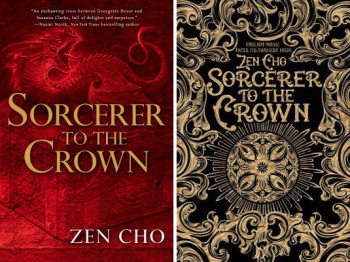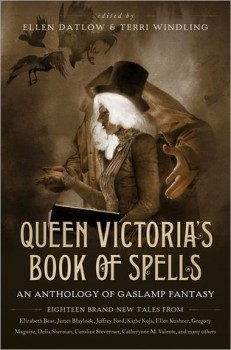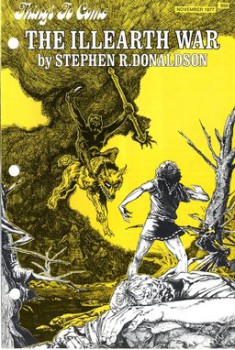
“You’re determined to make this hard, aren’t you? You’re determined to make it hard for everyone.”
Hile Troy to Thomas Covenant
If Lord Foul’s Bane (go here for my review) with its rapist leper hero is a trip into the Black Hole of Calcutta, its sequel, The Illearth War (1978) is an unremitting journey into the blackest space over the event horizon. Where the first book offered hope to its characters with the successful completion of their quest, this one holds out no hope even in victory. At the best of times there is only a stay of certain execution. Mostly, though, there is loss, deep and devastating loss.
It’s also a book that almost defeated me. For three weeks it defied my efforts to put into words what I thought was going on in it and what I thought of it. It’s not that it’s super complicated, but it’s a shadowy thing that required more work than I’m used to to understand its guts.
The Illearth War is a story steeped in existential dread. Both inaction and action in the face of soul-crushing evil seem to lead to disastrous ends. To believe or not to believe? To fight or not to fight? To kill or to be killed? Does it make any difference? This is heady stuff for fantasy and bound to put off more casual readers, but Donaldson takes on the debate with conviction and seriousness.
The dilemma is addressed primarily by contrasting Thomas Covenant’s attitude toward the Land with that of a new character from our world, Hile Troy. Covenant refuses to accept the magical Land, its healing properties, or to lift a finger to save it, while Troy fully embraces it and is completely dedicated to its survival. Each man is convinced of the rightness of his path, and both suffer calamitous losses for their convictions. Covenant scoffs at Troy for thinking he can thwart Lord Foul while Troy berates Covenant for refusing to fight. Donaldson plays these titans, inaction versus action, against each other like musical counterpoints. Each reflects off the other, exposing its opponent’s dangers and rewards. This is the heart of The Illearth War.
It’s not an argument made lightly or with straw men. Donaldson digs deeply into each man’s mind and character, exploring the complex motives and reasoning behinds their choices.
…
Read More Read More
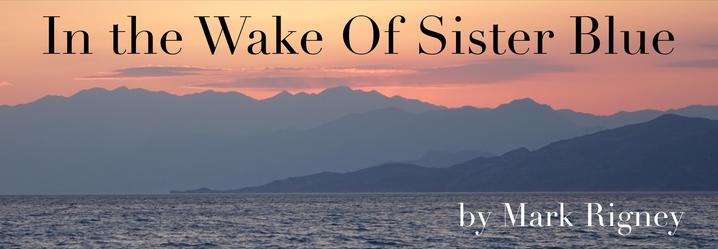
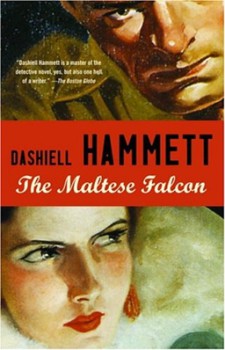
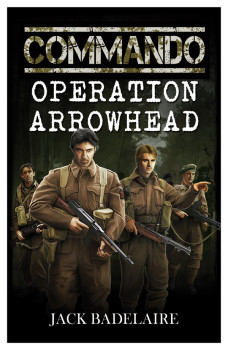 Today we’re talking to
Today we’re talking to 
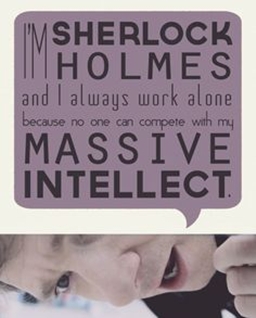
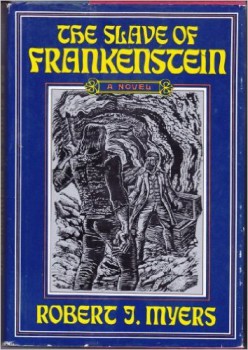
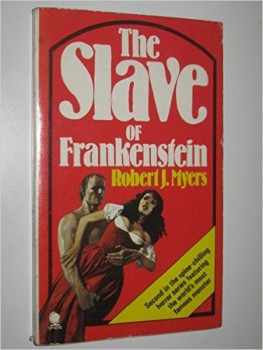
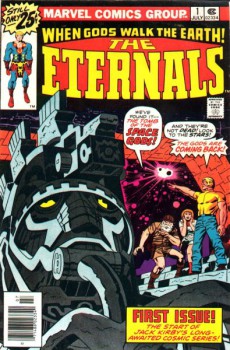
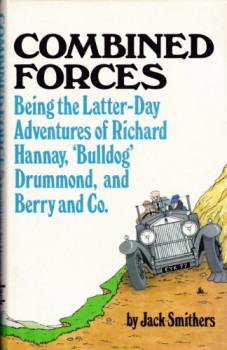
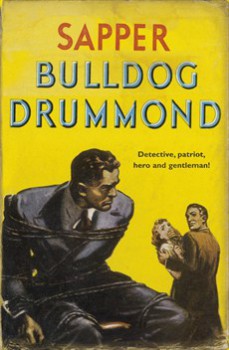
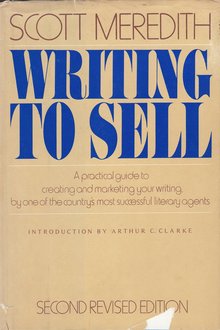 Do you enjoy planning? When you want to give a party, do you start making lists? Thinking about the menu? Who to invite? When there’s a trip coming up, are there lists? Are you usually the first one packed? Or have you at least given considerable thought to your packing?
Do you enjoy planning? When you want to give a party, do you start making lists? Thinking about the menu? Who to invite? When there’s a trip coming up, are there lists? Are you usually the first one packed? Or have you at least given considerable thought to your packing?